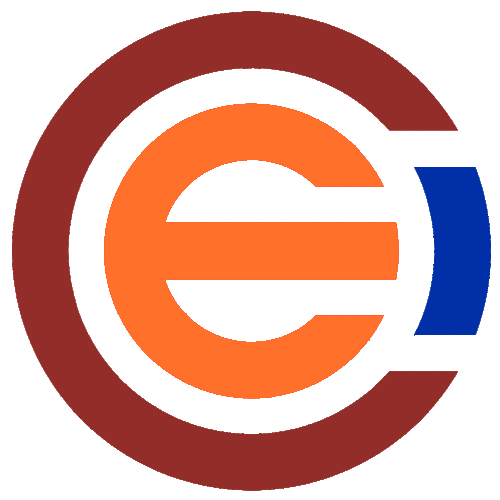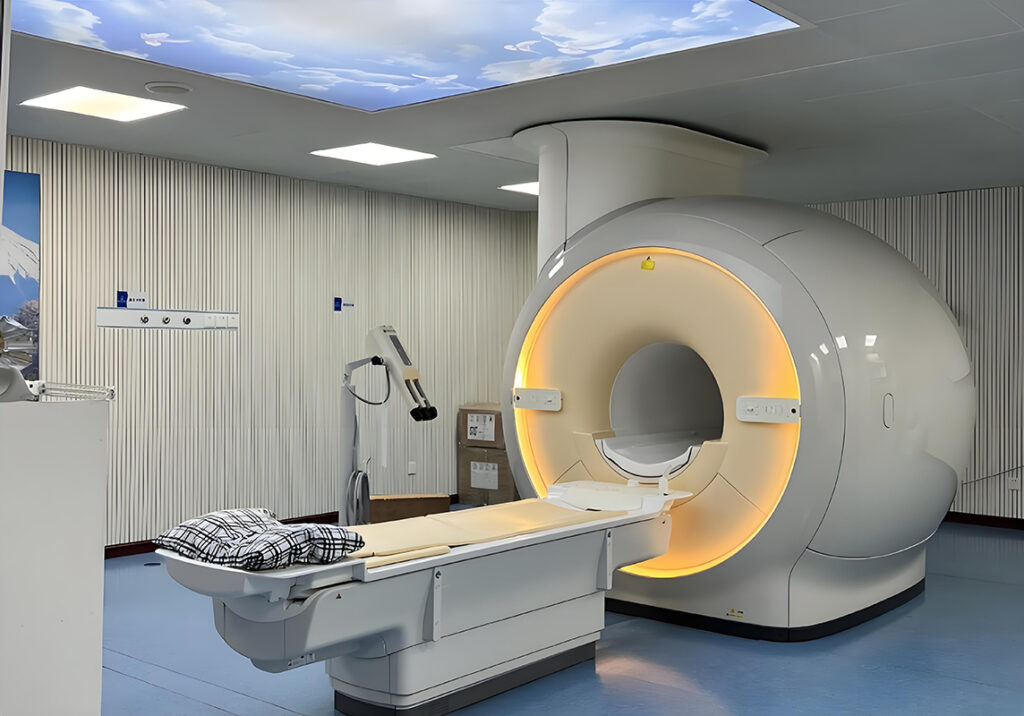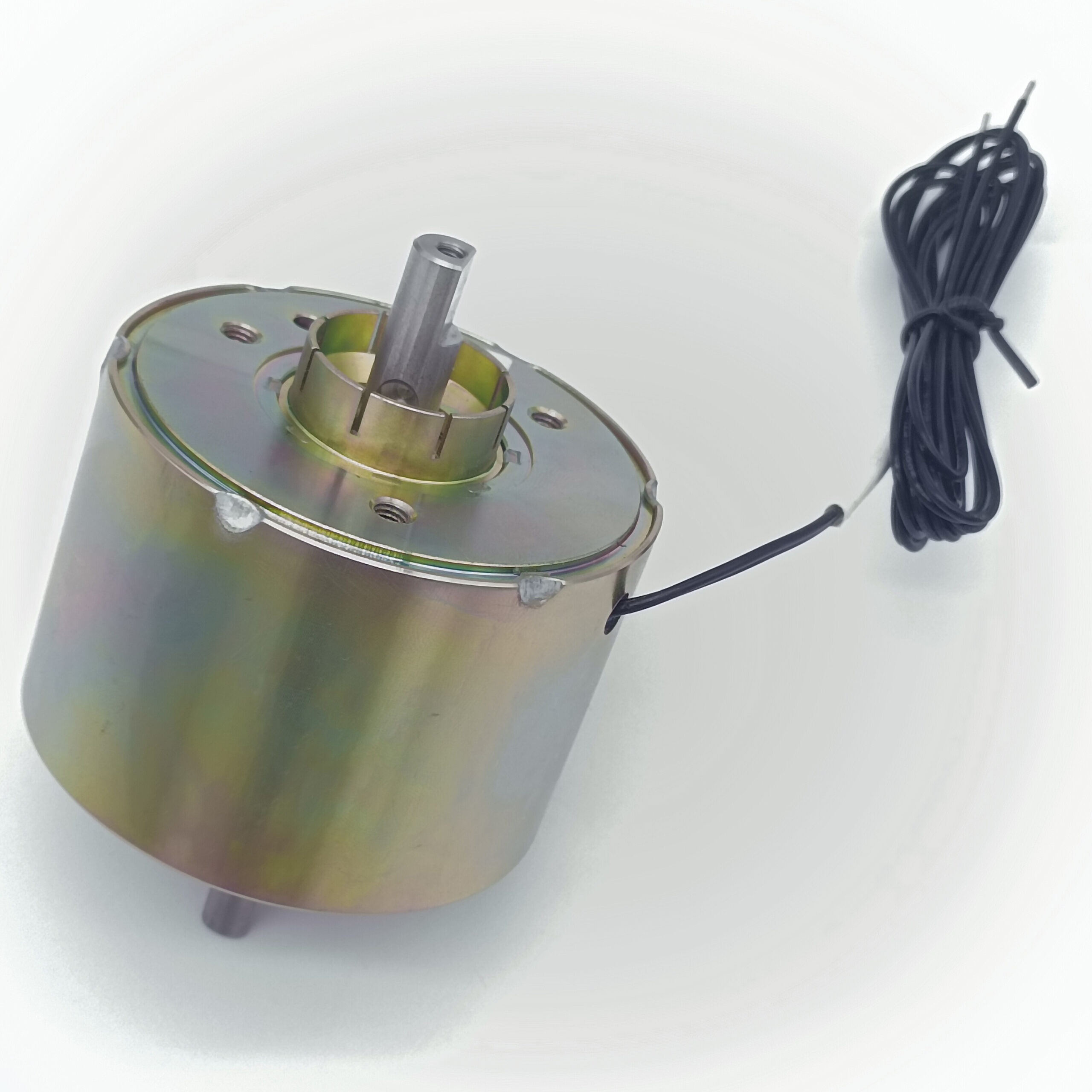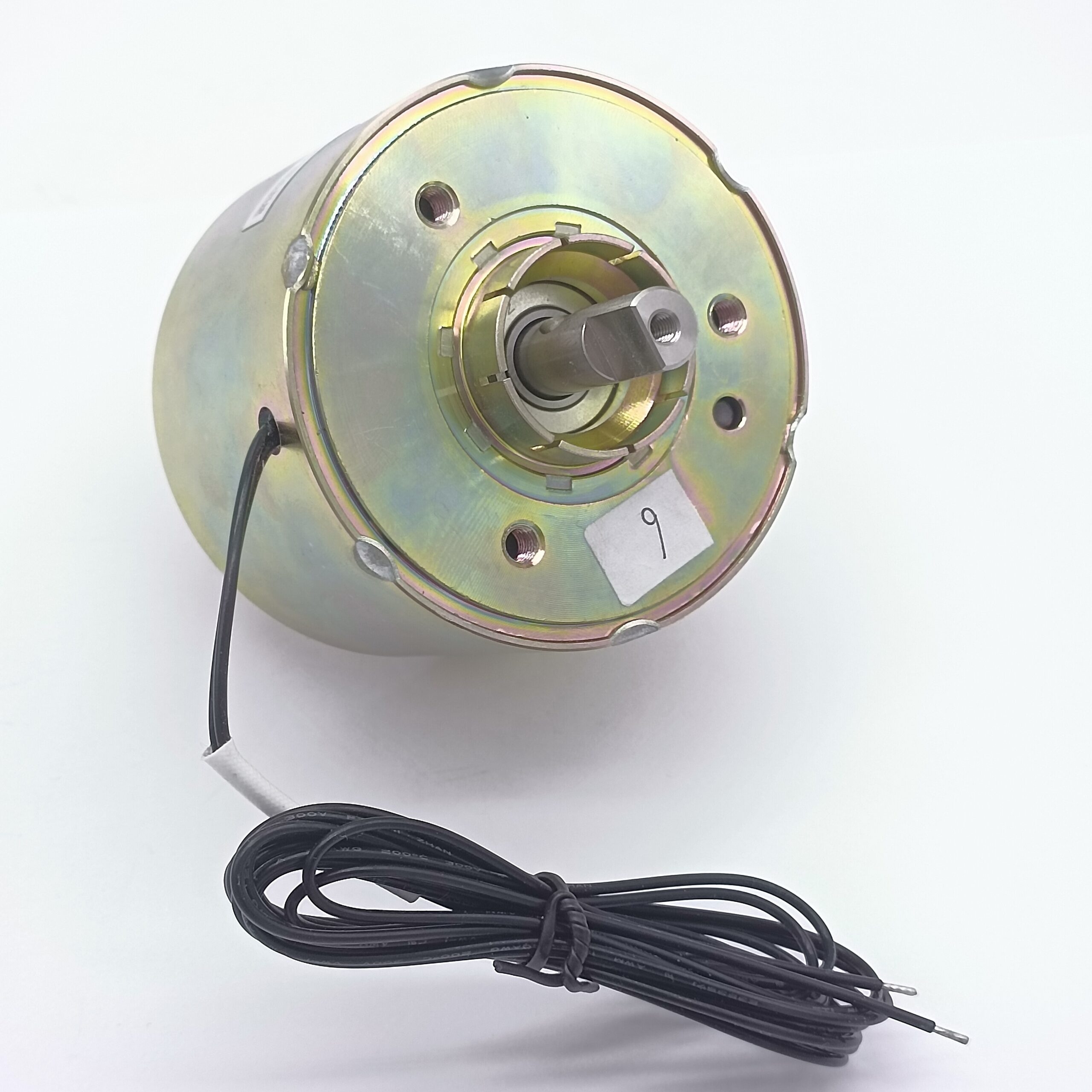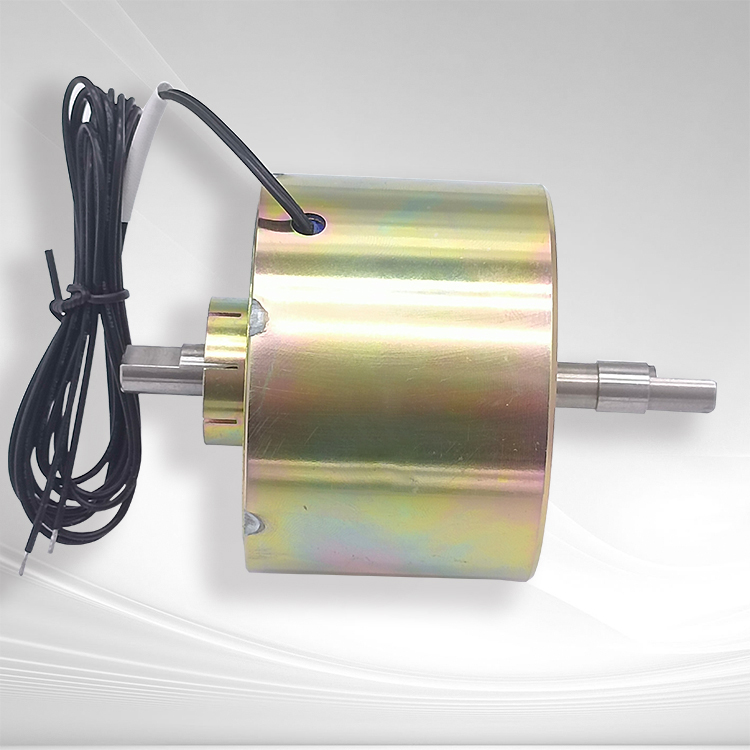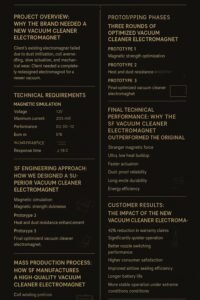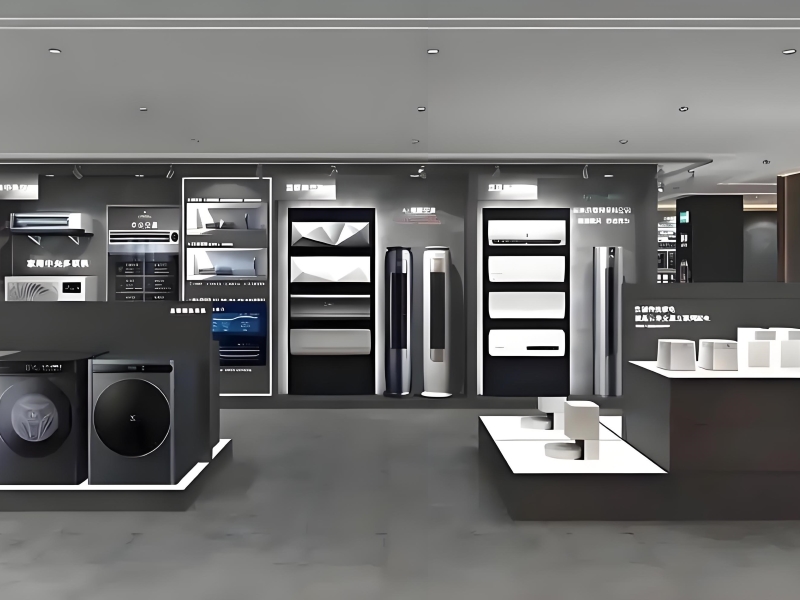Last Updated on 2025-09-04 by SolenoidFactory
Magnetic Resonance Imaging (MRI) has revolutionized diagnostic medicine by providing unparalleled insights into the human body’s soft tissues, organs, and vascular systems. At the core of this technology lies a marvel of engineering: electromagnets. These devices generate and control the powerful, stable magnetic fields essential for high-resolution imaging. As a professional electromagnet manufacturer, we explore the critical role of electromagnets in MRI systems, the technical challenges of magnetic field control, and the innovations driving the future of medical imaging.
1. The Role of Electromagnets in MRI Magnetic Field Generation
1.1 The Basics of MRI Operation
MRI works by aligning hydrogen nuclei in the body’s water molecules using a strong magnetic field. Radiofrequency (RF) pulses temporarily disrupt this alignment, and the energy released as nuclei return to their original state is detected and converted into detailed images. The strength and stability of the magnetic field directly determine image quality, making electromagnets indispensable.
1.2 Types of Electromagnets in MRI Systems
- Superconducting Electromagnets: The gold standard for clinical MRI, these coils operate at cryogenic temperatures (near absolute zero) to achieve zero electrical resistance, enabling ultra-high field strengths (1.5 Tesla to 7 Tesla and beyond).
- Resistive Electromagnets: Use standard conductive materials (e.g., copper) but require continuous power and cooling, limiting them to low-field MRI systems (under 0.5 Tesla).
- Permanent Magnets: Rare-earth magnets (e.g., neodymium) provide static fields but lack adjustability, making them less common in advanced MRI.
1.3 Key Components of MRI Electromagnets
- Coils: Wound from superconducting wire (e.g., niobium-titanium) to carry high currents.
- Cryostat: A vacuum-insulated chamber filled with liquid helium to maintain superconductivity.
- Shim Coils: Smaller electromagnets that fine-tune field homogeneity.
- Gradient Coils: Rapidly switchable coils that create spatial encoding fields for image reconstruction.
2. Magnetic Field Control: Precision Engineering Challenges
2.1 Achieving Field Homogeneity
Challenge: Even minor inhomogeneities in the magnetic field distort images. For example, a variation of just 0.1 parts per million (ppm) over a 50 cm sphere is required for high-resolution brain imaging.
Solution:
- Active Shimming: Adjustable shim coils counteract field distortions in real time.
- Passive Shimming: Ferromagnetic materials are strategically placed around the bore to correct static inhomogeneities.
2.2 Maintaining Field Stability
Challenge: External factors (e.g., moving metal objects, power fluctuations) disrupt the magnetic field.
Solution:
- Shielded Rooms: MRI suites are encased in Faraday cages and ferromagnetic shielding to block external interference.
- Feedback Systems: Monitor field strength and adjust coil currents dynamically.
2.3 Managing Heat and Energy
Challenge: Superconducting coils require extreme cooling, while resistive systems generate significant heat.
Solution:
- Liquid Helium Cooling: Maintains superconducting coils at 4.2 K (-269°C).
- Energy-Efficient Designs: New superconducting materials (e.g., MgB₂) operate at higher temperatures (up to 20 K), reducing reliance on liquid helium.
3. Applications of Electromagnets in MRI Systems
3.1 High-Field MRI (1.5T to 7T)
High-field MRI systems rely on superconducting electromagnets to achieve detailed images of the brain, spinal cord, and musculoskeletal system. These systems excel in detecting tumors, strokes, and neurodegenerative diseases.
Case Study: A 7T MRI scanner, powered by advanced superconducting coils, revealed microscopic brain lesions in multiple sclerosis patients that were invisible at lower field strengths.
3.2 Functional MRI (fMRI)
fMRI tracks brain activity by detecting blood oxygenation changes. Ultra-stable electromagnets ensure minimal noise during prolonged scans, enabling research into cognition, emotion, and neurological disorders.
3.3 Interventional MRI
Electromagnets enable real-time imaging during surgeries. Open-bore MRI systems with adjustable fields allow surgeons to operate while monitoring progress, improving outcomes in tumor resections and biopsies.
3.4 Portable and Low-Field MRI
Advances in resistive electromagnets and permanent magnet designs have led to compact, low-field MRI systems for emergency rooms, rural clinics, and battlefield medicine. These systems trade some resolution for accessibility and cost-effectiveness.
-
Rated 0 out of 5
-
Rated 0 out of 5
-
Rated 0 out of 5
-
Rated 0 out of 5
4. Technical Innovations in MRI Electromagnets
4.1 High-Temperature Superconductors (HTS)
HTS materials like rare-earth barium copper oxide (ReBCO) can operate at higher temperatures (77 K), simplifying cooling systems and reducing helium consumption. HTS coils also tolerate higher magnetic fields, paving the way for 10T+ MRI systems.
4.2 Hybrid Magnet Systems
Combining superconducting and resistive electromagnets allows adjustable field strengths, optimizing imaging for specific applications (e.g., cardiac vs. neurological scans).
4.3 AI-Driven Field Optimization
Machine learning algorithms analyze historical scan data to predict and correct field inhomogeneities, reducing setup times and improving image consistency.
4.4 Sustainable Cooling Solutions
- Helium Reclamation Systems: Capture and recycle evaporated helium, addressing global supply shortages.
- Cryogen-Free MRI: Use cryocoolers to eliminate liquid helium dependency, as seen in some next-generation scanners.
4.5 Lightweight and Flexible Coils
3D-printed gradient coils and flexible superconducting tapes enable novel MRI designs, such as wearable scanners for joint imaging or neonatal care.
5. Challenges in Electromagnet Design for MRI
5.1 Material Limitations
Challenge: Superconducting wires are brittle and difficult to shape into complex coil geometries.
Solution: Development of flexible superconducting tapes and additive manufacturing techniques for custom coils.
5.2 Cost and Accessibility
Challenge: High costs of superconducting materials and helium limit MRI availability in developing regions.
Solution: Low-field resistive systems and HTS magnets that reduce operational expenses.
5.3 Patient Safety
Challenge: Strong magnetic fields pose risks (e.g., projectile effects, implant heating).
Solution: Rigorous safety protocols, ferromagnetic detectors, and “quench” systems to safely dissipate magnetic energy in emergencies.
5.4 Regulatory Compliance
Challenge: Meeting stringent medical device standards (e.g., FDA, CE) for electromagnetic compatibility (EMC) and patient exposure.
Solution: Advanced shielding and real-time monitoring systems to ensure compliance.
6. The Future of Electromagnets in MRI
6.1 Ultra-High-Field MRI (10T and Beyond)
Researchers are developing 10T+ MRI systems to visualize cellular-level structures. These require breakthroughs in superconducting materials and quench management to handle immense magnetic energies.
6.2 Quantum-Enhanced MRI
Quantum sensors, such as superconducting quantum interference devices (SQUIDs), could work with electromagnets to detect weak magnetic signals, enabling MRI at ultra-low fields with minimal infrastructure.
6.3 Integrated Multimodal Imaging
Combining MRI with PET, CT, or ultrasound in hybrid systems will demand electromagnets that operate harmoniously with other imaging technologies.
6.4 AI and Autonomous MRI
Autonomous MRI systems will use AI to adjust field parameters in real time, optimizing scans for individual patient anatomy and reducing operator dependency.
6.5 Global Democratization of MRI
Affordable, portable MRI systems powered by advanced electromagnets will expand access to life-saving diagnostics in low-resource settings.
Electromagnets—The Unsung Heroes of Medical Imaging
Electromagnets are the invisible force behind MRI’s transformative power in healthcare. From enabling early disease detection to guiding complex surgeries, their role in magnetic field control is nothing short of revolutionary. As technology advances, the collaboration between electromagnet manufacturers, medical researchers, and clinicians will continue to push the boundaries of what’s possible in diagnostic imaging.
For healthcare providers and researchers, understanding the intricacies of MRI electromagnets is key to leveraging their full potential. For manufacturers, innovation in materials, cooling, and AI integration will drive the next era of MRI—one where precision, accessibility, and sustainability redefine patient care worldwide.
In the quest to see deeper, clearer, and farther into the human body, electromagnets remain at the forefront, proving that even the most powerful forces in medicine can be harnessed with elegance and precision.
About SF electromagnets factory
Shengfeng Electromagnet Co., Ltd. was established in 2015 and is located in the Xiansha Industrial Park with beautiful scenery and convenient transportation. The company covers an area of 16000 square meters and has modern production plants, advanced production equipment and a high-quality technical team. Since its establishment, we have always adhered to the corporate philosophy of “innovation, quality, and service”, focusing on the research and development and production of electromagnets, constantly promoting product upgrades and technological progress, and providing customers with the best quality products and services.
Why choose SF electromagnet
HIGH END QUALITY:As the best solenoid electromagnet manufacturer in china, our QC team will ensure every single product you receive are best quality. We have professional quality testing machine.
PRODUCT DESIGN:Our sampling department has complete process of making drawings into reality. We also improve your product design based on our years of working experience.Tell us what you think.
STABLE DELIVERY TIME:As the best electromagnet manufacturer & supplier,we have sufficient manufacturing capacity, big orders won’t beat us, we can still deliver the order for you in time.
BEST PRICE:We are source factory of electromagnet and the best solenoid manufacturer in China, that’s why we can provide high quality bags with best price.
PRECISE MANAGEMENT:Nothing can be achieved if we don’t implement precise management. We are a company with complete management system.
7-24 SERVICE:As the best solenoid manufacturer, 24-7 immediate response: We’ll receive your feedback to make us a better supplier. Contact WhatsApp +86 18902611680
FAQs of electromagnet
We are a Chinese top electromagnet manufacturer and our factory is located in Dongguan. Welcome to visit our factory!
We pecialize in the design and production of high quality electromagnet,solenoid valve,such as rotary solenoid, bistable solenoids, latching solenoids, open frame solenoids, tubular solenoids, self-holding solenoid
•Of course, usually we will provide free samples, and you only need to cover the freight. For custom electromagnet samples, pls send your requirements to us for checking the sample cost.
• It takes about 7 days for sample production.
Yes, we provide free design services, structural design and simple graphic design.
Sure. We can do any electromagnet with your design. Now we open a ODM solenoid which is for small quantity from 100pc to 500pc,but you can still have your own logo.
Depending on the order quantity and production details, it will take about 15 to 20 days.
Always a pre-production sample before mass production; Always final Inspection before shipment
• Power,usage,size, material, quantity, shipping destination, etc.
• You can also just tell us your requirements and we will recommend products to you.
• By sea, by air or by express.
• If you have your own freight forwarder in China, it is the ex-factory or FOB price.
•CFR or CIF, etc., if you need us to ship on your behalf.
• DDP and DDU can also be used.
• More choices, we will consider your choices.
• The price is determined by the quantity, material, processing method, size and other factors. In addition, due to our continuous
technological innovation, the prices of some of our products are extremely competitive, please contact us to quote.
